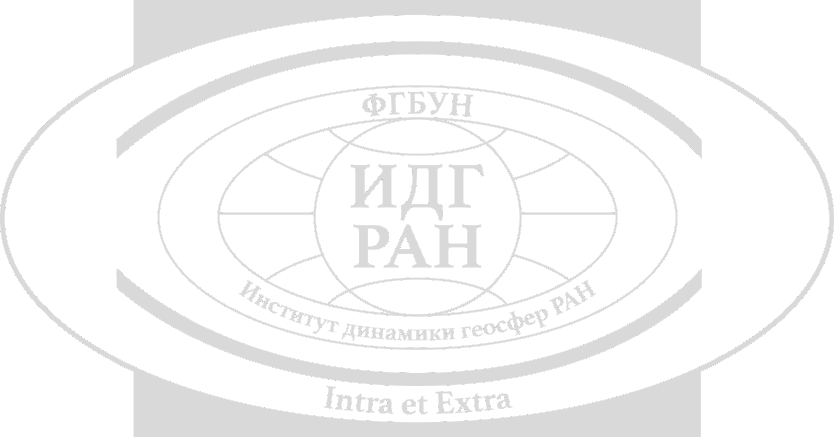An empirical model of the impact of solar flares of various classes on the state and dynamics of the lower ionosphere
Annotation
The lower ionosphere is the one of the main and at the same time the least studied elements of the system magnetosphere-ionosphere-atmosphere of the Earth, significantly affecting the processes occurring in it. The low electron concentration in the lower ionosphere is an obstacle to the use of radiophysical methods used to study the upper ionosphere. Monitoring the state of the D-region according to the characteristics of VLF (3-30 kHz) radio signals propagating in the Earth-ionosphere waveguide makes it possible to obtain information on disturbances in the lower ionosphere caused by natural and anthropogenic factors. Since 2014, the Mikhnevo Geophysical Observatory (GPO) has been continuously monitoring the amplitude-phase characteristics of signals from VLF stations located around the world. A huge amount of experimental data can be used to carry out experimental and theoretical studies of the state and dynamics of the lower ionosphere in various heliogeophysical conditions. The aim of this project is a comprehensive analysis of the processes occurring in the lower ionosphere during solar flares based on the data of the amplitude-phase characteristics of VLF radio station signals. The results of this project can be applied in the interests of conducting fundamental geophysical research and for solving applied problems of the functioning of Russian communication, navigation and information systems during geophysical and anthropogenic disturbances. The fundamental problem of geophysics, the solution of which the present project should contribute, is the influence of geophysical disturbances caused by high-energy natural and anthropogenic processes on a global or regional scale on the spatio-temporal dynamics of the lower ionosphere. The relevance of the project is due to the need to obtain reliable data on the impact of solar flares of various classes on the state and dynamics of the D-region of the ionosphere and, as a consequence, on the propagation conditions of radio signals. Obtaining constant, accessible and complete information about the disturbance of the radio signal propagation environment will make it possible to take technical and organizational measures that reduce the risk of problems in information, control, and navigation systems.


